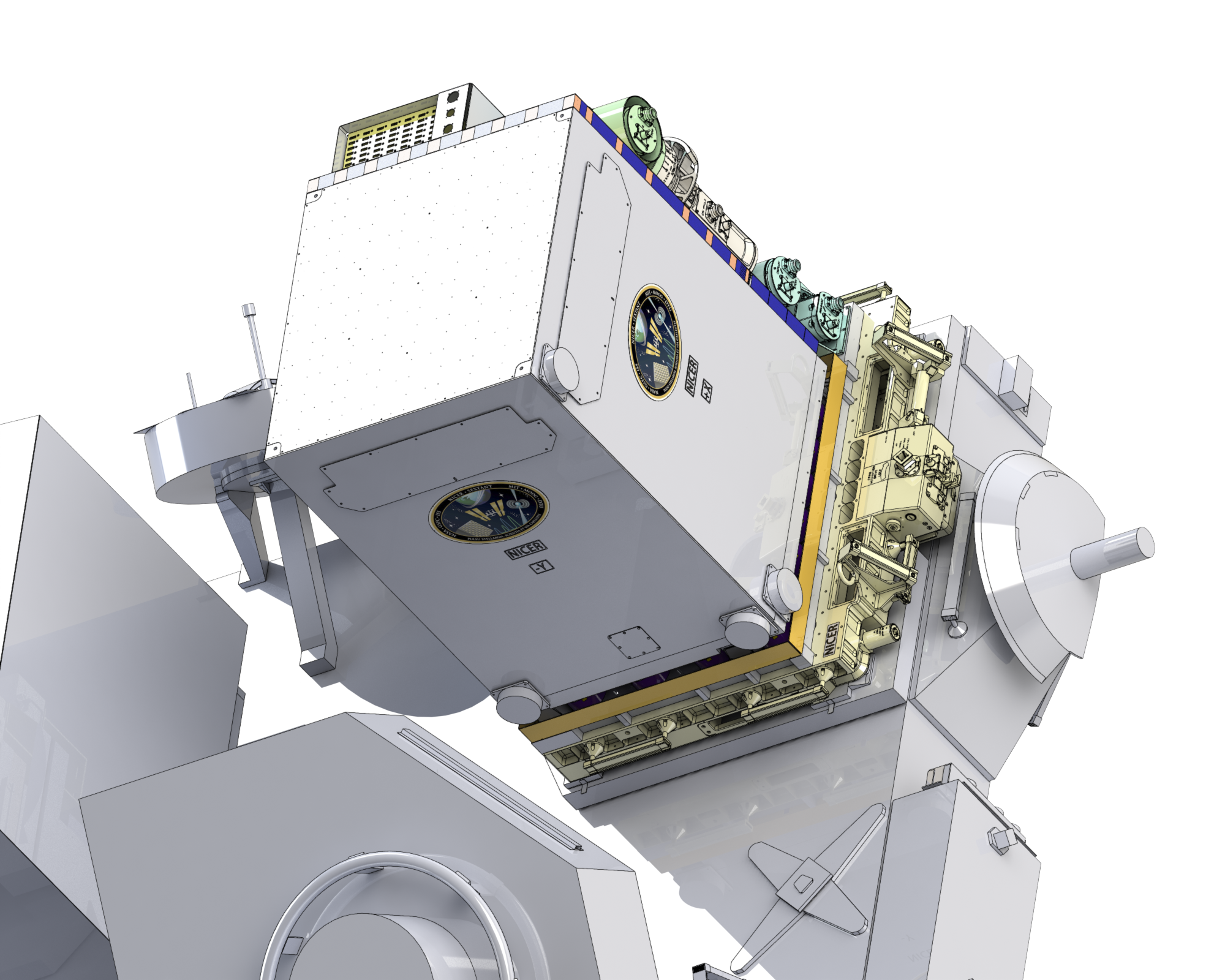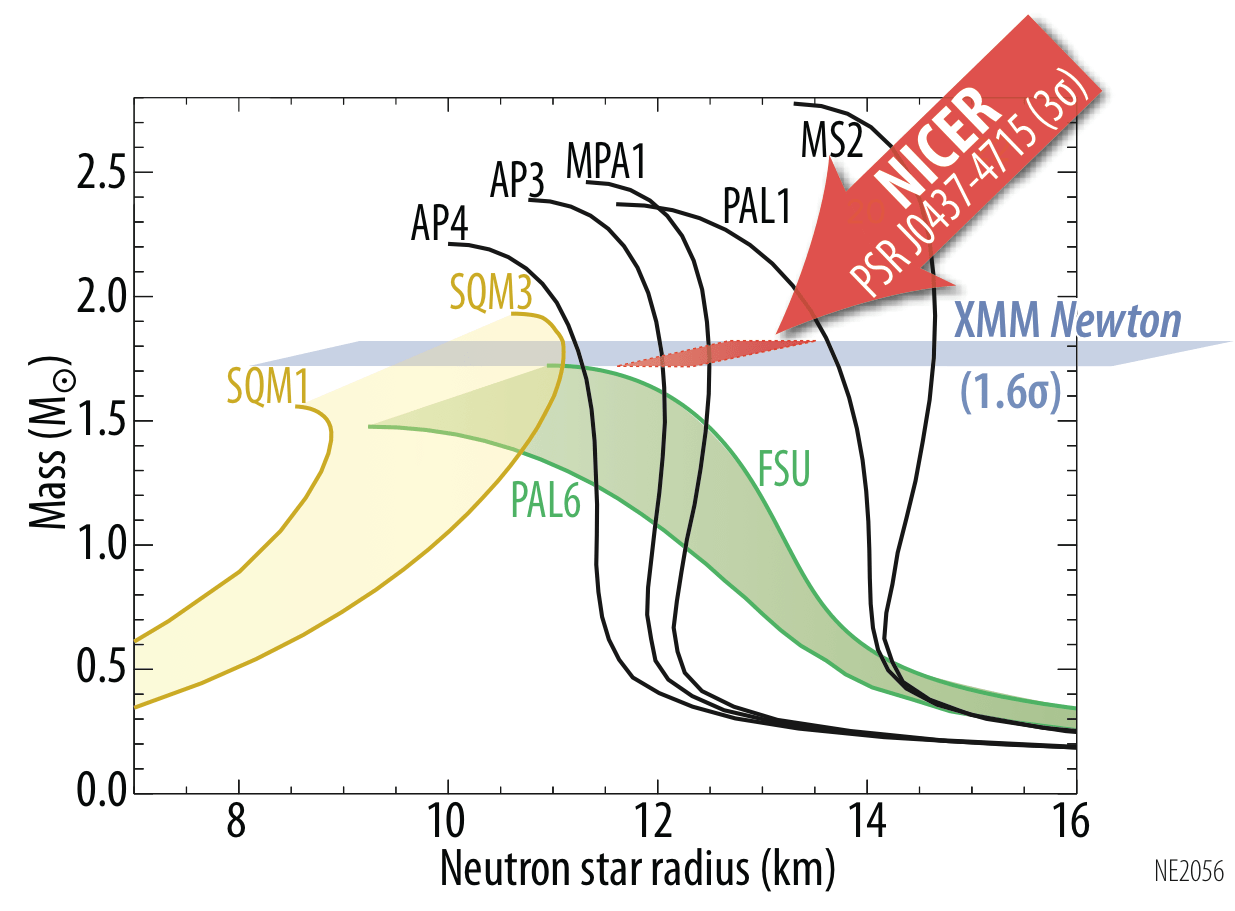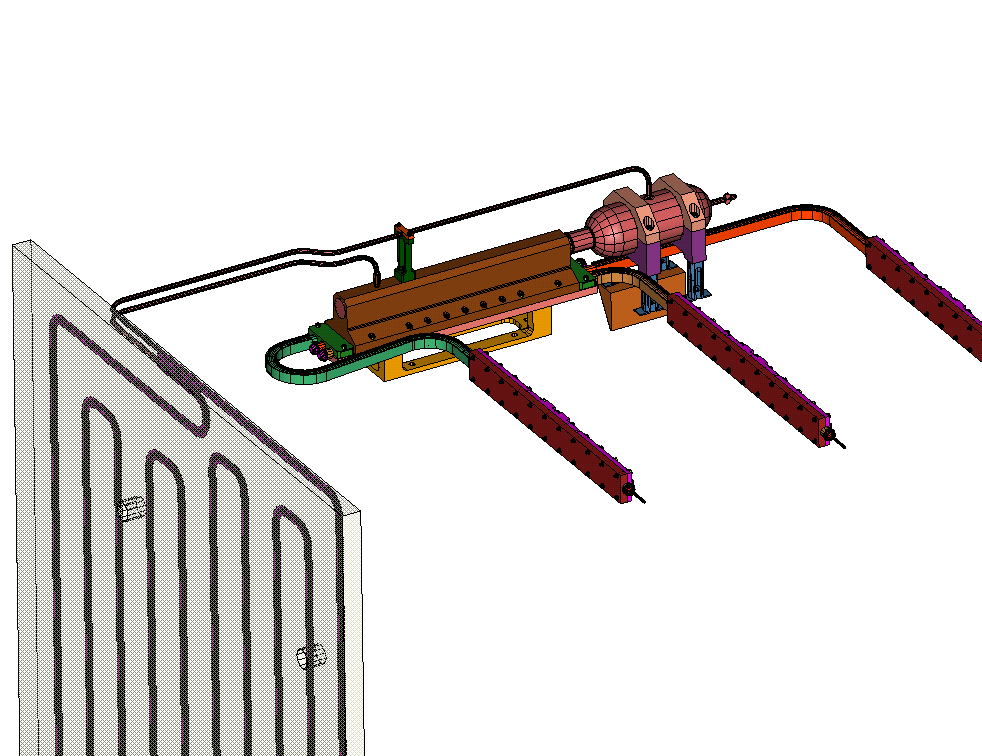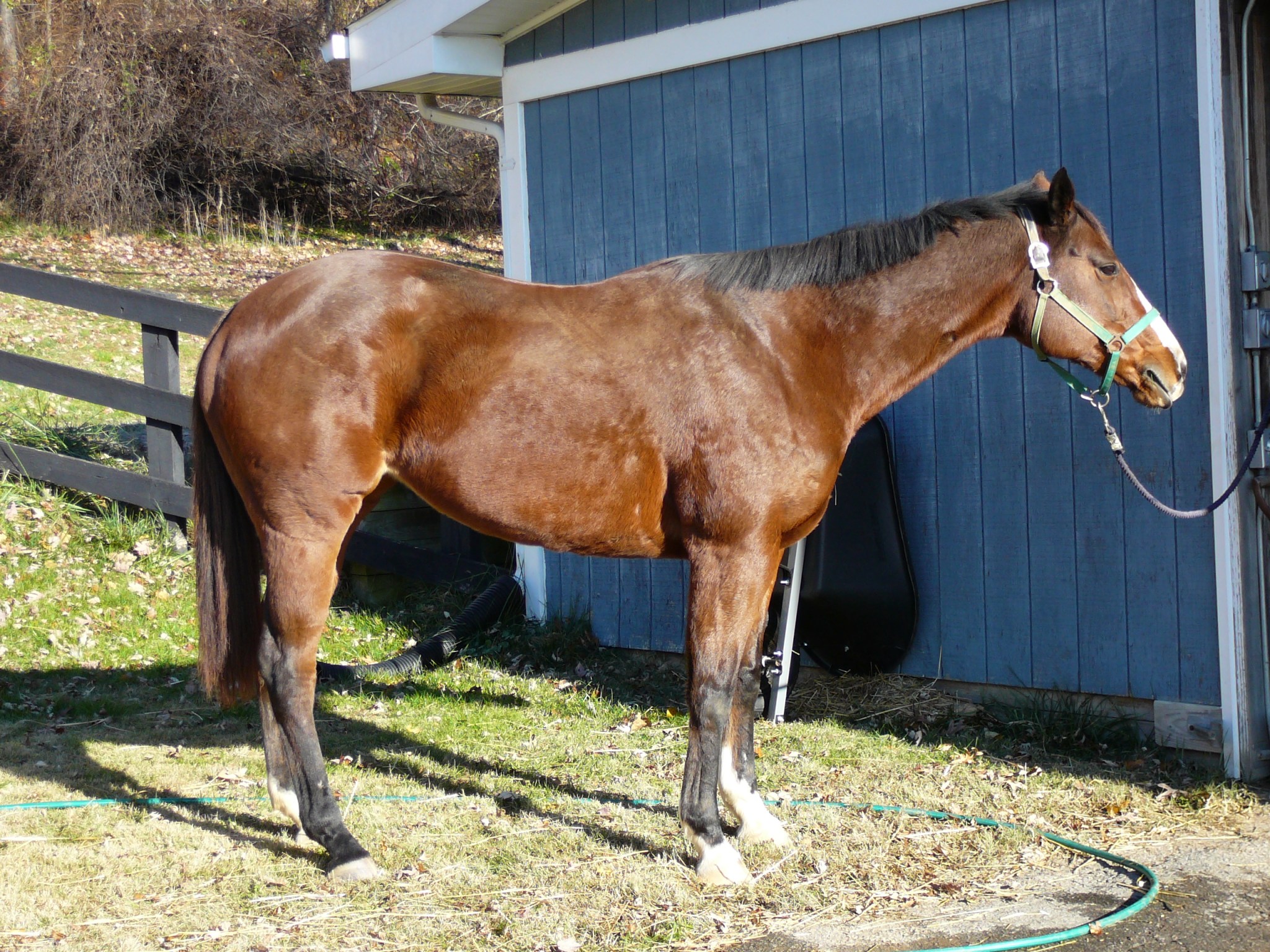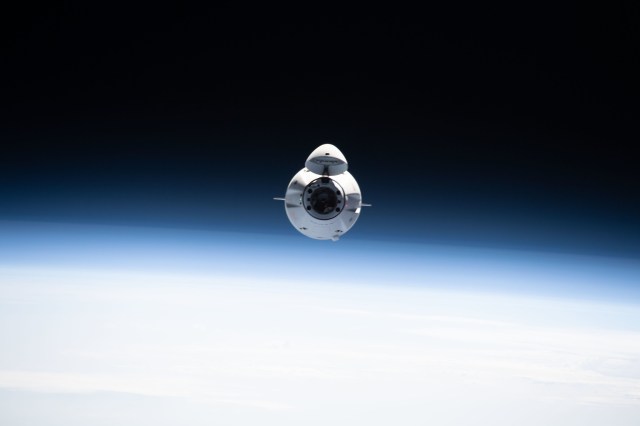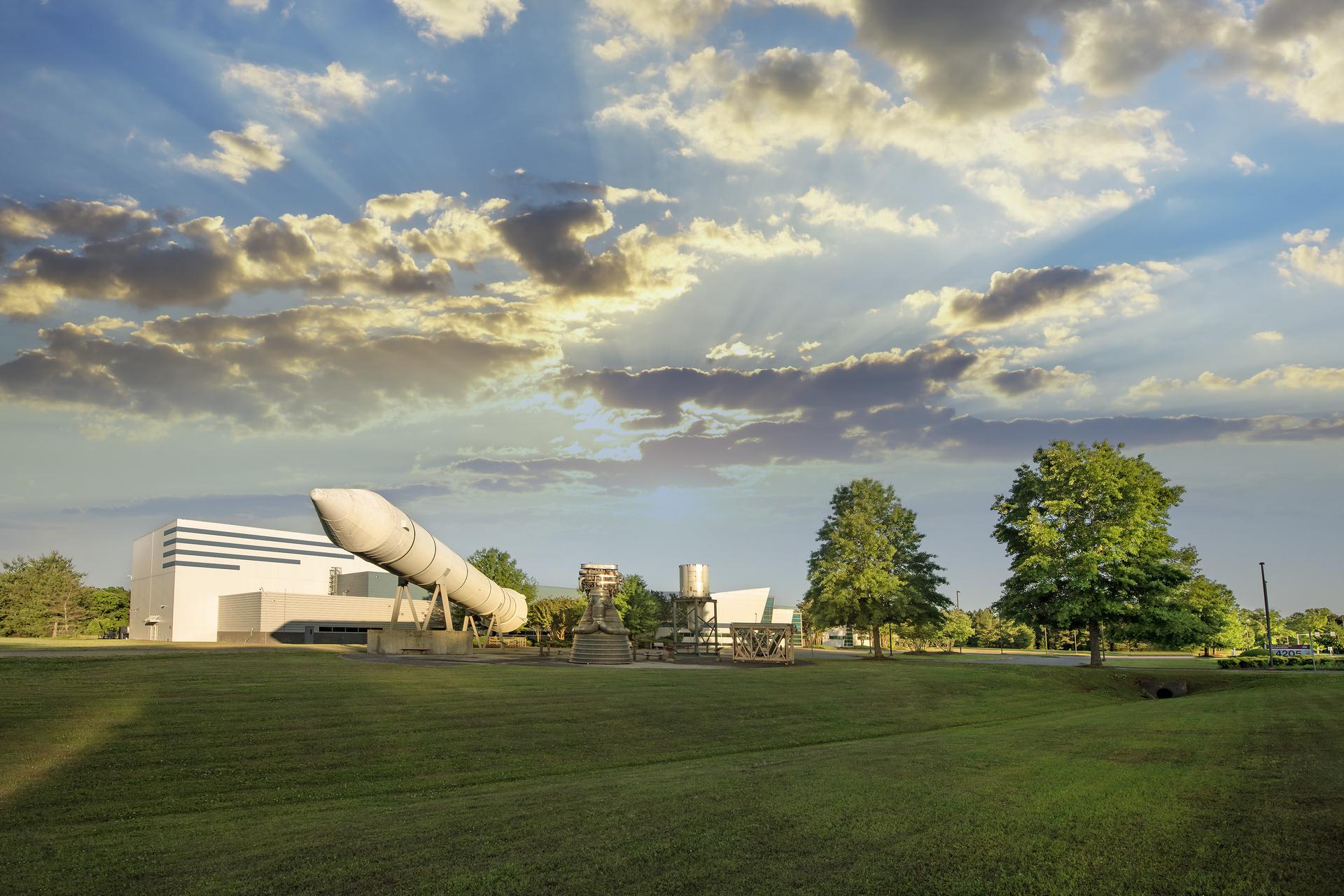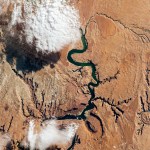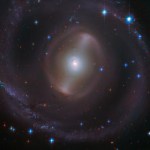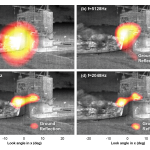Name: Charles L. Baker
Title: Project Systems Engineer for the Neutron star Interior Composition Explorer ISS payload
Formal Job Classification: Project Systems Engineer
Organization: Code 592, Payload and Instruments Systems Engineering, Engineering Directorate
Project systems engineer Charles L. Baker is always thinking about work, even when hacking through the Baltimore County countryside on his thoroughbreds or riding the MARC train.
What do you do and what is most interesting about your role here at Goddard? How do you help support Goddard’s mission?
I manage the technical team for the Neutron star Interior Composition Explorer, which is an International Space Station payload. NICER will use an X-ray instrument to explore the composition of neutron stars. NICER is schedule to launch on Oct. 8, 2016, on a SpaceX Dragon spacecraft. It will be robotically installed onto the ExPRESS Logistics Carrier 2 on the top, or zenith, side of ISS. All of the ELCs were built at Goddard. NICER will arrive stowed at the ELC and then deploy the instrument to allow its telescopes to be pointed throughout the zenith hemisphere.
A neutron star is a star that has collapsed, but wasn’t massive enough to become a black hole. Neutron stars emit X-rays, gamma-rays and radio waves. They are incredibly dense, with a mass one-and-a-half times that of our sun; they collapse into spheres about the size of Manhattan. This would correspond to about 100,000 aircraft carriers’ worth of mass condensed into the volume of a teaspoon.
NICER will be able to measure these neutron star masses and sizes to a precision not achieved before, thanks to precise timing and a sensitive X-ray instrument. The NICER payload will also host an X-ray Navigation technology demonstration called Station Explorer for X-ray Timing and Navigation Technology (SEXTANT). This will use all of the same NICER hardware, but will also use the excess processor capability to make on-orbit predictions of NICER’s location at any moment using only neutron star signals as navigation beacons. This is effectively a “galactic positioning system” that would work anywhere in the solar system enabling future distant planetary travel.
How is your systems engineering team organized?
Our team has about 30 people, mainly engineers, technicians and designers. The systems engineering is divided into separate teams for mechanical, electrical, thermal, flight software, pointing, measurement and contamination. Each team has its own lead. We have a weekly systems engineering meeting. But I generally learn the most by walking around and talking to folks working on the project. I get to work with some of the best folks at Goddard, which makes my job easier.
How do you make decisions in the team?
I believe in good face-to-face communication. I also like to set up at least two independent reviews of every product. When we have disagreements, we look at the whole picture and then try to balance the cost, schedule, and technical risks. We listen carefully to all sides, draw on my experiences and the experiences of others, but as a team we try to make decisions quickly. This allows most of the team to proceed. It is OK if we make a wrong decision. We find this out quickly and the team is generally ahead of where they would be if we had delayed the decision. Ultimately, we want to deliver the principal investigator a working payload so that the science can be achieved on orbit.
Why did you choose your profession?
While in high school, I worked on my own car. I had bought a Fiat convertible so there was always something that needed to be done as the car was very advanced for the time. I also had a great teacher in high school who taught physics. It was one of the first times where I was able to see the practical side of the mathematics I was learning. When I was at Carnegie Mellon, I was given the opportunity to take a year abroad at the University of Manchester, where I took two heat-transfer courses. I really enjoyed the empirical nature of those courses, which set up the beginning of my career at Goddard in thermal engineering.
How did you come to work at Goddard?
While at the heat pipe manufacturer, we had a space shuttle Hitchhiker payload that demonstrated the operation of an advanced heat pipe called a Loop Heat Pipe. LHPs were pioneered in Russia in the 1980s. The first U.S. flight experiment was the LHP Hitchhiker payload on Columbia.
While working the Hitchhiker payload, I met Walter Ancarrow from Goddard who hired me to develop an advanced loop heat pipe system for the Geoscience Laser Altimeter System instrument to control lasers and avionics while minimizing heater power.
Later, I was the thermal lead on the Lunar Reconnaissance Orbiter, which was built at Goddard. I also led as a mission systems engineer on several planetary decadal studies.
What makes you stay?
I truly enjoy the work. We are building state-of-the-art instrumentation and spacecraft that provide the public with new science discoveries. In hardware there is truth. It doesn’t matter what anyone says or calculates, the hardware reveals what is really going on. Goddard allows you to discover that truth, which is why our hardware is so reliable.
What lessons or words of wisdom would you pass along to somebody just starting their career at Goddard?
Understand the value that you bring to the project that you work on. Work along with the team to move the project forward. Understand that you can’t possibly be right all the time. Make decisions quickly, but be open to realizing that the decision may need to be revised. Results and closure move the project forward.
When do you have time to reflect on the day’s activities?
I have a 50-minute train commute from Baltimore to Greenbelt, coming and going. I drive a short distance from Goddard to the Seabrook station. I then take a bus from Pennsylvania Station in Baltimore to my house. I use that time to look at the things that I couldn’t get to during the day including my email. The train ride is key to my ability to stay on top of my job and reflect on the direction the team needs to take. Train time is different from other forms of commuting in that there are few distractions. I view it as one of the strong contributing factors to my success.
Is there something surprising about you, your hobbies, interests or activities outside of work that people do not generally know?
I own two thoroughbred horses stabled in northern Baltimore County. I visit them every Saturday and Sunday. Going to the stable to visit my horses and go hacking allows me to get a different perspective on work challenges. Hacking means riding in the countryside, walking, trotting, cantering and even jumping over logs and small fences. I generally hack alone. My gelding is named William and my mare, whom I adopted from a neighboring barn, is named Becka. Exercise helps me to think through difficult problems. It also helps me to plan for the next week.
By Elizabeth M. Jarrell
NASA’s Goddard Space Flight Center, Greenbelt, Md.

Conversations With Goddard is a collection of Q&A profiles highlighting the breadth and depth of NASA’s Goddard Space Flight Center’s talented and diverse workforce. The Conversations have been published twice a month on average since May 2011. Read past editions on Goddard’s “Our People” webpage.



























